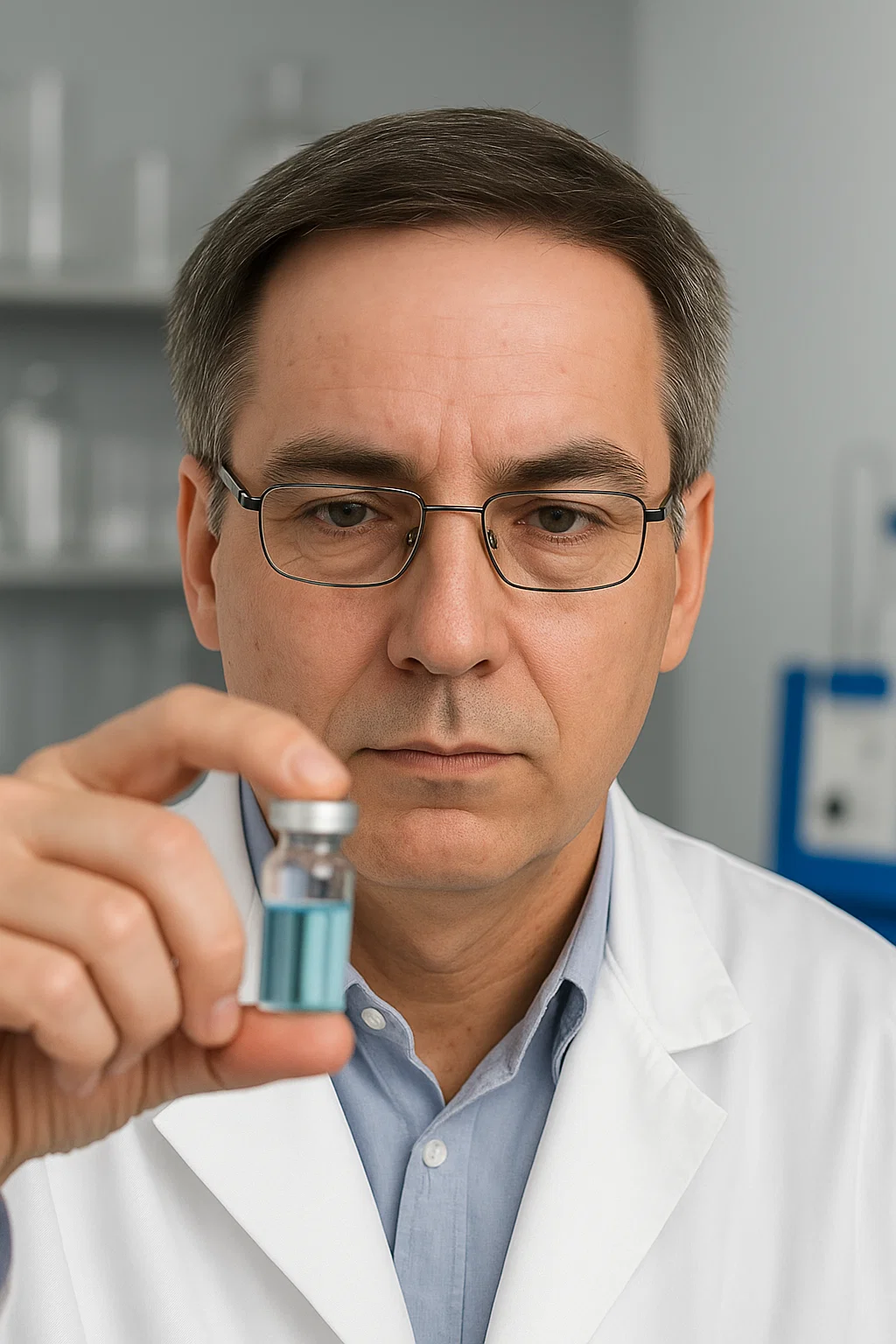Social anxiety, the fear of social situations and interactions, often leads to avoidance behaviors. This fear can be so strong that it interferes with daily activities, affecting the individual’s quality of life. The basis of this social anxiety and the underlying physiological mechanisms have long been a subject of scientific interest. Understanding the neurobiology of social anxiety is crucial in developing more effective and targeted treatments. In a significant breakthrough, Félix Leroy, a scientist from the CSIC at IN-CSIC-UMH, and his team have developed a patent based on the use of naturally occurring brain hormones to regulate social interaction related behavioral responses.
The patent is rooted in a study that was published last year in the scientific journal, Cell. Leroy and his team discovered a natural hormone in the brain that seems to control our preferences for social interaction. This hormone, called Corticotropin-Releasing Hormone (CRH), was found to modulate social preferences in animal models.
It is an accepted fact that children have a natural preference for their family members. However, as they grow, this preference reverses, and they seek new social interactions. In some cases, this transition does not occur naturally, leading to social disorders and avoidance behaviors, which can escalate to more serious problems. The team demonstrated in their 2023 study that CRH, which is produced by neurons in the infralimbic cortex – a region that regulates emotional expression and alertness, sends a signal to the lateral septum – a region that regulates motivated behaviors such as socializing or seeking food and security, suppressing social interactions with familiar individuals.
This neural circuit was found to decrease the preference for familial relationships and increase the predilection for novel social interactions in adult mice. Furthermore, they found that two-week-old mice showed an increase in the density of infralimbic neurons that release CRH. This increase was directly related to a change in the development of social preference in young mice, shifting from choosing familiar companions to new ones.
Using a combination of electrophysiological, chemogenetic, optogenetic, calcium recording, and gene silencing techniques, the team demonstrated that the CRH hormone modulates socialization preferences. Leroy explained, «Our team has observed that, with the use of hormones, we can modulate socialization preferences and favor interaction with new individuals, thus facilitating the creation of new social bonds.» This finding is particularly relevant for treating disorders related to apathy, phobia, or anxiety that some people can develop in unfamiliar social environments.
This discovery is a promising first step in the development of treatments based on this natural molecule. Preclinical phase 1 trials have already begun, and the results are encouraging. To date, no side effects have been detected, making it a potential alternative to current treatments for social anxiety disorder and avoidant personality disorder, which are based on behavioral therapy alone or combined with antidepressants or anxiolytics. These treatments only partially improve symptoms and can cause adverse side effects.
Currently, there is no medication for social anxiety disorder (SAD) recommended by the US Food and Drug Administration (FDA) or the European Medicines Agency (EMA). The researchers are now in talks with pharmaceutical companies interested in licensing the patent for the development of treatments based on this technology. If successful, it would be the first specific molecule for treating social anxiety disorders, avoiding the use of non-specific synthetic drugs and their adverse effects.


